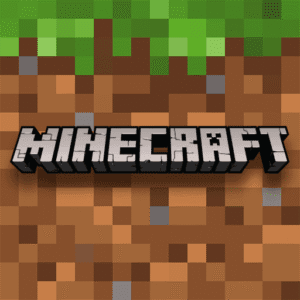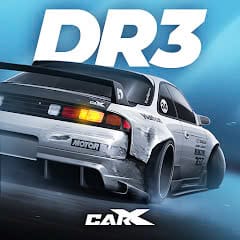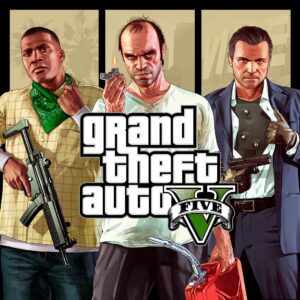Blizzard Reverses Overwatch 2 Competitive Change: Stadium Mode Returns to Best-of-Seven Format
Popular Now
 Minecraft
Minecraft
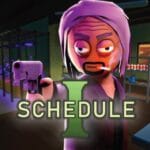 Schedule I
Schedule I
 God of War Ragnarök
God of War Ragnarök
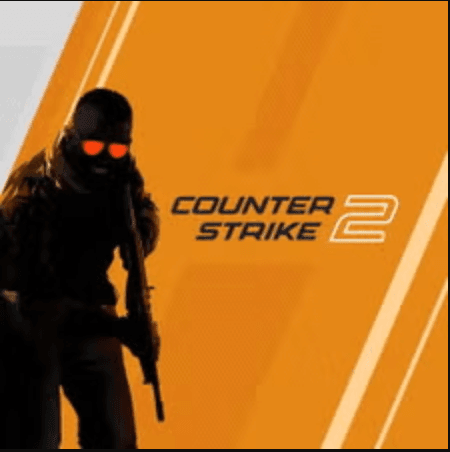 Counter-Strike 2
Counter-Strike 2
 FIFA 23
FIFA 23
 Geometry Dash
Geometry Dash
 Valorant
Valorant
 Roblox
Roblox
 Garena Free Fire: Kalahari
Garena Free Fire: Kalahari
 League of Legends
League of Legends Blizzard Entertainment has made a swift and decisive move to address mounting community feedback regarding the Competitive Stadium mode in Overwatch 2. Just weeks after the controversial transition to a Best-of-Five (Bo5) match format with the launch of Season 19, the development team has announced that Ranked Stadium will revert to the original and widely preferred Best-of-Seven (Bo7) structure. This urgent patch update signifies a commitment from the developers to maintain the strategic integrity and unique competitive depth of the high-stakes game mode and showcases a rapid response to player sentiment in the live-service gaming landscape.
The change, which is scheduled to go live on October 30, 2025, comes after a sustained wave of criticism from the Overwatch 2 competitive community, who argued that the shorter format fundamentally undermined the strategic appeal of Stadium, a mode celebrated for its ability to allow for mid-match strategic scaling and dramatic comeback opportunities. This swift reversal addresses concerns that the shortened matches made the mode feel too “snowbally” and diminished the overall competitive integrity of the highest-level play.
📉 Why the Best-of-Five Change Failed in Competitive Gaming
 The introduction of the Bo5 format at the beginning of Season 19 was intended to reduce overall match length, thereby making the queue more accessible and potentially reducing player fatigue. However, the data and, more importantly, the qualitative player feedback revealed a critical flaw when applied to Stadium’s unique mechanics:
The introduction of the Bo5 format at the beginning of Season 19 was intended to reduce overall match length, thereby making the queue more accessible and potentially reducing player fatigue. However, the data and, more importantly, the qualitative player feedback revealed a critical flaw when applied to Stadium’s unique mechanics:
- Loss of Strategic Depth: In Stadium, teams purchase hero perks and gadgets using in-match currency that accumulates over rounds. The Bo7 format provided ample time (Rounds 3 and 4) for teams to fully realize their economic advantage, adapt their build paths, and execute their specialized late-game strategies. The Bo5 format condensed this ramp-up period, favoring aggressive, high-burst compositions that could dominate early and close the match before counter-strategies could fully mature.
- Diminished Comeback Potential: The hallmark of Stadium’s best matches were the epic comebacks from a 0-3 or 1-3 deficit. By shaving off two crucial rounds, the Bo5 format made these high-tension reversals nearly impossible, leading to less satisfying competitive experiences and lower viewer engagement for streamers and eSports content creators.
- Competitive vs. Casual Homogenization: As noted by many players on forums, the shorter Bo5 format closely resembled the already existing Quick Play Stadium mode. The key distinction of a longer, more strategic match had been lost, making the Ranked Playlist feel less unique and less rewarding for high-MMR players.
The decision to revert is a clear acknowledgment from Blizzard Entertainment that the attempt to streamline matches inadvertently sacrificed the core element that made Stadium a successful and highly monetizable competitive offering. Game balance within the mode must prioritize strategic decision-making and build development over raw, early-game dominance.
🛠️ The Technical Fix: Returning to Bo7 and the Future of Stadium
The game’s director, Aaron Keller, confirmed the change via the Blizzard Forums, stating: “We’ve been listening to your feedback on Ranked Stadium’s format since Season 19 launched, and we agree — the switch to Best of 5 hasn’t felt quite right. Starting tomorrow (10/30), Ranked Stadium is returning to Best of 7.”
This quick response is an example of effective agile development in the video game industry, proving that player metrics and direct feedback loops are actively monitored for game health. While the Ranked Queue will be temporarily disabled for approximately one hour to implement the change, players will immediately feel the impact of this critical fix.
Key Player-Focused Adjustments in the Patch:
The upcoming patch will restore not just the match format, but implicitly re-validate the role of late-game Stadium hero builds. Furthermore, the Quick Play version of Stadium will retain the faster Bo5 format, ensuring that players who prefer a quicker, less demanding match still have a dedicated playlist. This provides a clear distinction between the two game modes, satisfying both the casual gamer seeking fast fun and the dedicated competitive player looking for a deep strategic challenge.
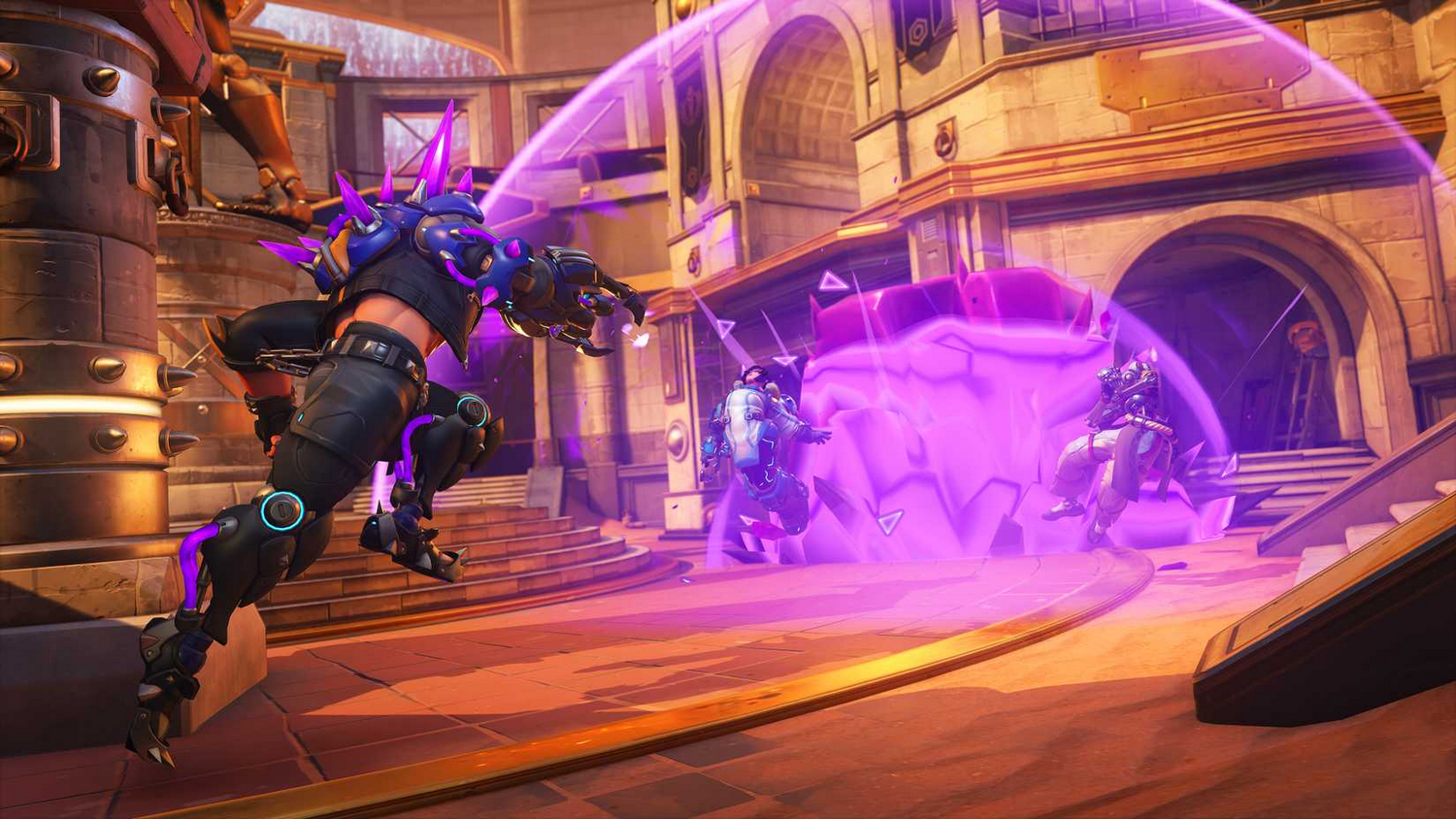 The focus can now return to balancing the other significant changes introduced in Season 19, including the newly added Gadgets system—active items like the Colossus Core and Kitsune Charm—and the introduction of new heroes like Torbjörn, Hazard, and Sojourn to the Stadium roster. Addressing issues like the current over-performance of heroes such as Torbjörn, as frequently highlighted by the Overwatch community, will be the next critical step for the development team.
The focus can now return to balancing the other significant changes introduced in Season 19, including the newly added Gadgets system—active items like the Colossus Core and Kitsune Charm—and the introduction of new heroes like Torbjörn, Hazard, and Sojourn to the Stadium roster. Addressing issues like the current over-performance of heroes such as Torbjörn, as frequently highlighted by the Overwatch community, will be the next critical step for the development team.
📈 Competitive Outlook: The Best-of-Seven Difference
For the Overwatch Champions Series (OWCS) circuit and the broader eSports ecosystem, the return to Bo7 ensures that professional and aspiring pro players can rely on the original, established framework for high-level competition. Longer matches allow teams to gather more in-game intelligence, execute complex, tiered build orders, and deliver the kind of high-drama, adaptive gameplay that attracts substantial eSports viewership and maintains the mode’s status as a premier competitive experience.
This episode serves as a powerful reminder that while innovation is essential for any live service title, core features that define the competitive experience must be handled with caution. Blizzard’s transparency and rapid action to correct this course demonstrate a positive interaction loop with its loyal player base, a key factor in the long-term success of the free-to-play model and future Battle Pass sales.
The Overwatch 2 community can now look forward to a stabilized competitive environment where strategic play and masterful execution over an extended format are once again the deciding factors in climbing the Ranked Ladder.

